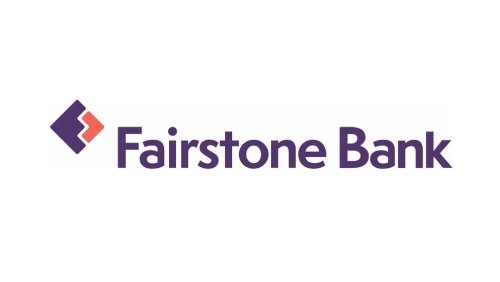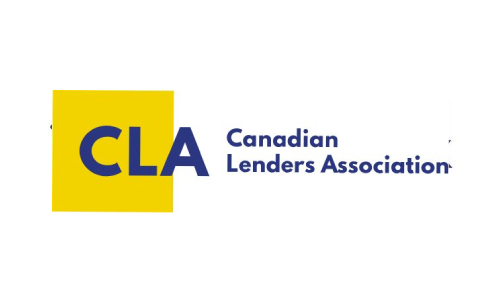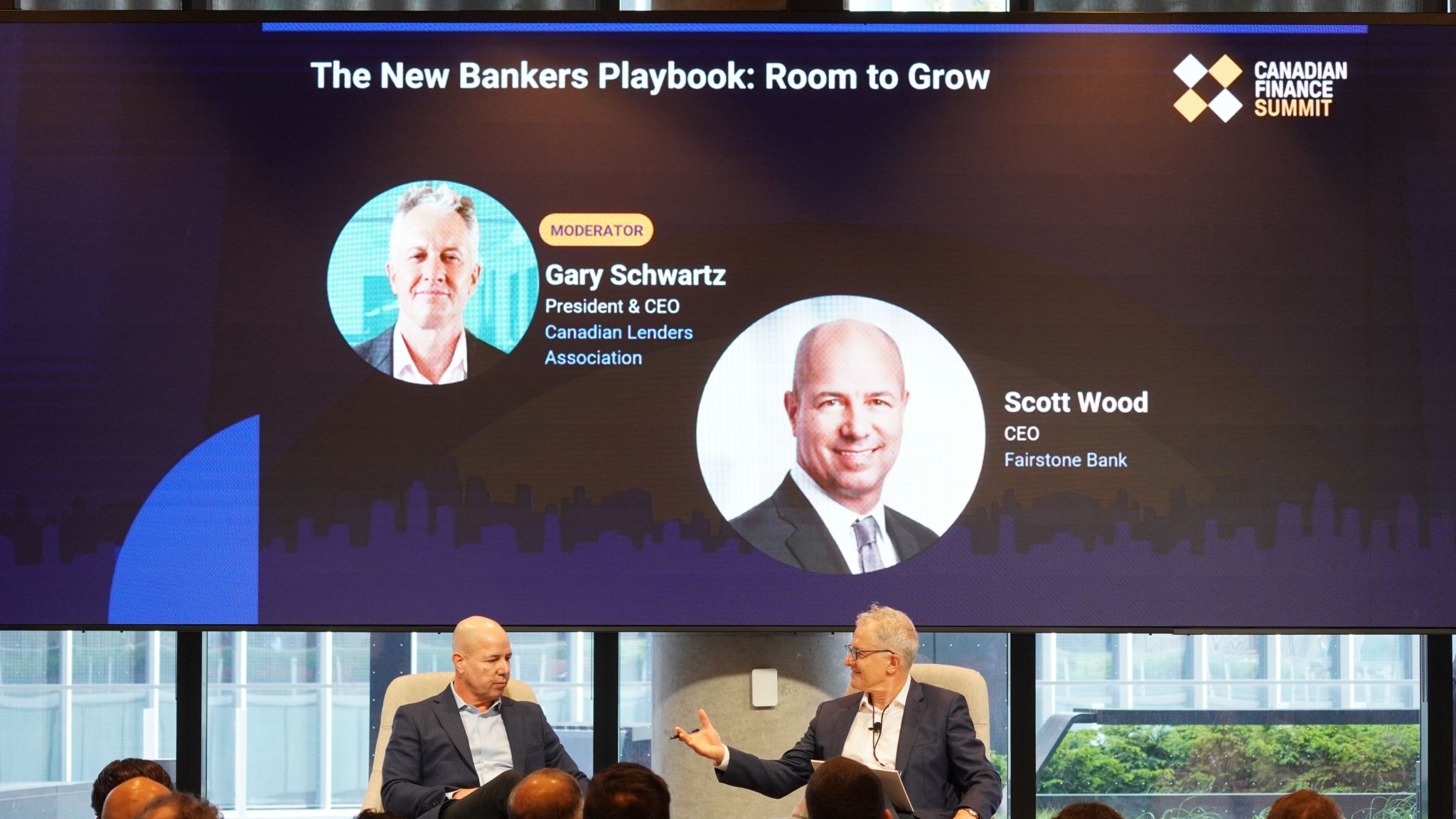Scott Wood: The New Banker’s Playbook
Abstract: At the Canadian Lenders Summit, Fairstone Bank CEO Scott Wood joined Gary Schwartz for a fireside chat exploring how the nearly 100-year-old institution is modernizing financial access for underserved Canadians. Fresh off its merger with Home Trust, Wood shared how Fairstone is leveraging its complementary product lines—personal loans, auto financing, and Alt-A mortgages—while navigating the cultural integration of two legacy firms. With a Schedule I bank charter and over $20 billion in deposits, Fairstone is enhancing its competitiveness, powering retailer financing programs, and expanding through innovations like FIG, a digital lending subsidiary. Wood emphasized the bank’s continued commitment to “invisible primes” and non-prime borrowers, especially amid regulatory shifts like the new 35% APR cap, and stressed that innovation must be both responsible and mission-aligned.

Gary Schwartz: As many of you know, each year we sit down with a leader shaping the future of finance in Canada. Today, I’m thrilled to be joined by Scott Wood, CEO of Fairstone Bank.
Last year, we had Stephen Smith on this stage, interviewed by Kevin Carmichael, who also kicked off our first panel today. That was right after the Fairstone–Home Trust merger was announced. Stephen mentioned there was no real head-to-head competition with the big banks—more about synergies and cross-selling.
Now that the merger has been in effect for nearly a year, how’s it going?
Scott Wood: It does feel like just yesterday that Stephen was here. We announced the Fairstone–Home Trust merger in March 2024, and the transaction officially closed on January 1st, 2025. So we’re five months in—still early days.
It’s been a whirlwind. Integrating two large, scaled organizations is always complex. But as Stephen mentioned, this wasn’t about going toe-to-toe with the Big Five. Fairstone’s mission has always been to serve the one in four Canadians who don’t have access to prime bank financing. That’s through personal loans, retail point-of-sale financing, indirect auto loans, and credit cards. Home Trust, meanwhile, is a leader in Alt-A mortgages and commercial real estate.
From a business-line perspective, there’s very little overlap—this is a complementary transaction. Both companies are aligned in their focus on Canadians overlooked by traditional banks. Integration is ongoing, and the strategic alignment has been very strong.
Gary Schwartz: Any surprises?
Scott Wood: Culture. Never underestimate how critical culture is, especially when both organizations have long histories and tenured employees. Aligning values, operations, and expectations takes time. Fortunately, we have an experienced team that’s been through M&A before, and we’re making steady progress.
In terms of synergies—yes, they’re real. But what excites me more is cross-product opportunity. We have 2.2 million active customers between the two organizations, yet very little product overlap. That presents a tremendous opportunity to introduce new offerings to existing customers.
Gary Schwartz: Next year, Fairstone celebrates its 100th anniversary. That’s quite an achievement. Now, with your Schedule I charter in hand, national reach, and strong capital markets access.
What new opportunities have emerged that maybe weren’t on your radar two years ago?
Scott Wood: Yes, 2026 marks Fairstone’s 100th year in Canada. Our roots are in a community-based model—branches in small towns, employees who were pillars of their communities, offering relationship-based financial services. That model has stood the test of time, and it’s a key part of our identity.
Now, as a Schedule I bank, we’ve seen a real transformation in how we operate. Previously, we didn’t have the ability to take customer deposits. Today, we have over $20 billion in deposits—mostly term GICs. That stable, low-cost funding base is a game-changer.
It’s allowed us to be more competitive, especially in pricing and funding for our partners like Walmart and Best Buy. It also enhances our mortgage lending capabilities. Having a regulated bank as a counterparty makes a big difference for major commercial relationships.
So while there haven’t been big surprises, the overall impact has been transformative.
Gary Schwartz: You mentioned innovation. We just came off a panel that included FIG, your digital lending subsidiary.
Can you talk about how Fairstone cultivates new business models—particularly with respect to innovation?
Scott Wood: Sure. FIG is a great example. About five years ago, Francois Côté and I identified a gap in the fully digital installment lending space in Canada. While there are global players operating at scale, Canada didn’t have a solution of that caliber. We explored launching the business within Fairstone, but ultimately decided to set it up at arm’s length so the team could move fast and remain focused.
It’s been a success. FIG ramped up quickly and is performing very well.
When considering whether to innovate internally or externally, we ask a few key questions: Does it require a different tech stack? Specialized talent? Will it distract from core operations? If the answers are yes, we prefer to launch separately and leverage the bank’s infrastructure—like our credit expertise and funding—while allowing the new team to run fast.
FIG benefited from day-one access to our underwriting capabilities and balance sheet, solving two of the biggest challenges fintechs face: credit performance and high funding costs.
Gary Schwartz: It’s a smart model—internal support where needed, and freedom to innovate externally. Let’s shift to a topic close to my heart: access to credit for non-prime Canadians. As you know, the federal rate cap of 35% went into effect on January 1st. We’re already seeing a sharp rise in the number of borrowers unable to secure loans—and many are being pushed into higher-cost, unregulated solutions.
What can lenders like Fairstone do to continue serving these vulnerable segments?
Scott Wood: It’s a serious concern. We anticipated this outcome and modeled the impact well in advance. Our numbers aligned closely with the Canadian Lenders Association’s projections. Unfortunately, the cap has reduced access to credit for many Canadians.
I don’t think the cap will be reversed. So the question becomes: how do we operate within the new framework?
For us, it’s about scale and efficiency. We’re investing heavily in underwriting tools, servicing platforms, and customer experience technology. That allows us to better assess risk and serve near-prime and non-prime Canadians more efficiently.
We’re also piloting programs focused on new-to-Canada and thin-file borrowers—testing alternative data, new scoring models, and AI-driven underwriting. The goal is to responsibly expand access without compromising performance.
Gary Schwartz: Absolutely—there’s opportunity in uncovering the “invisible primes” through intelligent use of data. Scott, thank you. It’s been a pleasure speaking with you. Congratulations again on Fairstone’s 100th anniversary—and I’m sure we’ll have much more to talk about in the years to come.
Top 6 Insights
-
The Fairstone–Home Trust Merger Is a Strategic, Complementary Union
The merger brings together two specialized lenders with minimal overlap—Fairstone in consumer credit and Home Trust in Alt-A mortgages and commercial lending—unlocking cross-sell potential across a combined 2.2 million customer base. -
Becoming a Schedule I Bank Transformed Fairstone’s Funding Model
Gaining the ability to take deposits has resulted in over $20 billion in stable, low-cost funding. This shift enhances Fairstone’s competitiveness in pricing, credit card partnerships, and commercial lending. -
Innovation at Fairstone Is Purpose-Built and Externally Launched When Needed
Fairstone fosters innovation through ventures like FIG, its standalone digital lending platform. Operating at arm’s length allows FIG to move fast while leveraging Fairstone’s infrastructure and credit expertise. -
Data-Driven Lending Expands Credit Access Responsibly Post-Rate Cap
In response to the federal 35% rate cap, Fairstone is focusing on efficiency and precision—deploying AI-driven underwriting, alternative data, and thin-file solutions to continue serving underserved Canadians. -
Culture Is the X-Factor in Large Financial Mergers
Beyond synergies, Scott emphasized the importance of aligning culture and values in post-merger integration. This people-first approach is key to maintaining momentum and performance. - APR Cap Has Reduced Access to Credit for Non-Prime Borrowers
The 35% rate cap, which took effect in January 2025, has already pushed many non-prime borrowers out of the regulated market. While a reversal is unlikely, lenders must find operational efficiencies to serve this segment within the new limits.
Sign up for the CLA Finance Summit Series







